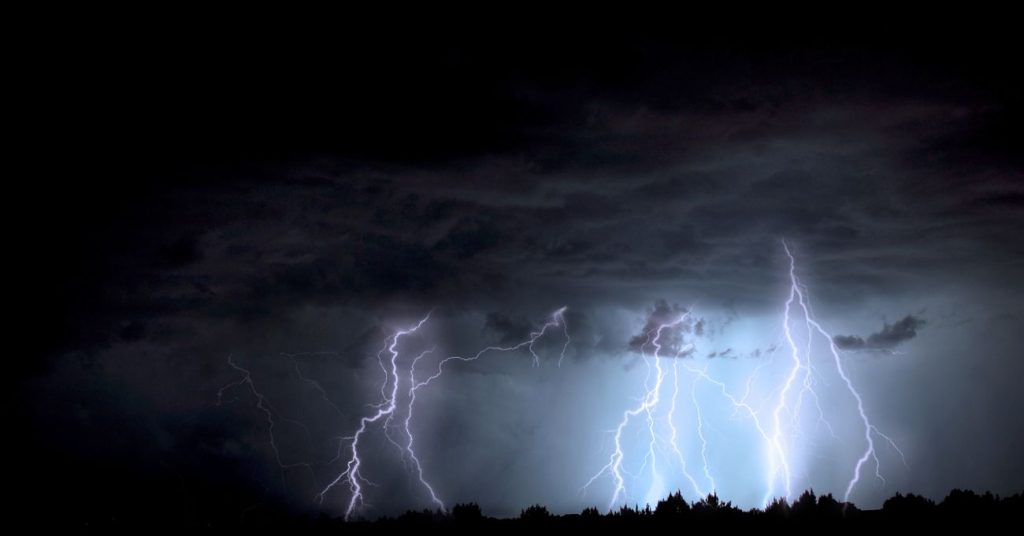Camping is an enjoyable experience, but it can quickly turn risky when you’re caught in a storm unprepared. Severe weather events like thunderstorms, heavy rains, and winds can pose significant dangers. Knowing how to take shelter effectively during such times is crucial for your safety. Here’s a comprehensive guide on how to protect yourself and your group when nature decides to show its tumultuous side.
Pre-Trip Planning: Be Prepared
Before heading out on your camping trip, it’s essential to:
- Check the Weather Forecast: Always look up the weather forecast for the location where you’ll be camping.
- Pack Accordingly: Bring along weather-appropriate gear, including waterproof jackets, pants, and emergency shelter options like tarps or bivy sacks.
Recognizing the Signs: When to Seek Shelter
Sometimes the weather can change unpredictably. Be alert for signs like:
- Darkening skies
- Frequent lightning
- Increasing wind
- Falling temperatures
If you observe any of these signs, start making preparations to take shelter.
Choosing the Right Shelter Location
- High Ground: If it’s raining or there’s a risk of flooding, seek high ground but avoid hilltops where you could be exposed to lightning.
- Away from Trees: While it may be tempting to take shelter under a tree, this can be dangerous due to the risk of falling branches or lightning strikes.
- Stay Clear of Metal Objects: Tents with metal poles, backpacks with metal frames, and other metal objects can conduct electricity.
Types of Shelter
Natural Shelters
- Rock Overhangs: These can offer quick shelter but make sure they are not prone to landslides or falling debris.
- Dense Forests: A forest can offer some protection from rain and wind, but be cautious of potential falling branches.
Man-Made Shelters
- Tarps: If you have a tarp, rig it up as a quick shelter. However, make sure it’s secure enough to withstand strong winds.
- Tents: A good quality, weather-resistant tent can offer shelter from rain and wind but is not a safe option during a thunderstorm due to lightning risk.
- Vehicles: If you’re car camping, your vehicle can offer excellent protection against most types of storms.
Emergency Measures: When Caught Off-Guard
- Assume the Lightning Position: If you’re caught in the open during a lightning storm, crouch down with your feet together, your arms wrapped around your knees, and your head down to minimize your height and contact with the ground.
- Signal for Help: If you’re in a dangerous situation, use emergency whistles, mirrors, or your phone to signal for help.
- Wait It Out: Sometimes the safest option is to stay put and wait for the storm to pass, especially if venturing out would put you at greater risk.
After the Storm
- Check for Injuries: Once the storm has passed, check yourself and your group for any injuries.
- Inspect Gear and Campsite: Make sure your gear is intact and your campsite is secure before continuing with your camping activities.
Conclusion
While experiencing a storm when camping can be unnerving, knowing how to take shelter effectively can make a big difference in your safety. Always remember, preparation is key; but if caught off-guard, stay calm, think clearly, and take appropriate action to protect yourself and your group.

